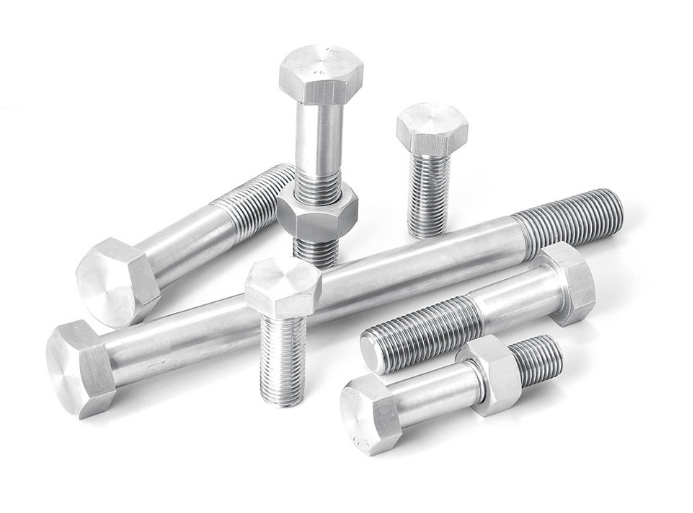

serrated nut
Jan . 24, 2025 04:51 Back to list
serrated nut
Serrated nuts are a critical component in various industrial applications, offering enhanced grip and security in fastening systems. These fasteners are distinguished by their unique serrated flange, which provides numerous benefits, making them indispensable in complex machinery and automotive industries.
Professional mechanics and engineers often value the ease of installation associated with serrated nuts. Unlike some traditional fasteners requiring additional washers or locking mechanisms, serrated nuts are standalone solutions that reduce assembly time and simplify inventory management. The integrated serrations eliminate the need for split washers or adhesive thread lockers, offering a more streamlined and effective solution. In metal fabrication, serrated nuts have gained recognition for their resilience in heavy-duty constructions. Their capacity to maintain alignment during welding and other high-temperature processes ensures structural integrity. Additionally, their resistance to loosening in dynamic loads and corrosive environments underscores their versatility and dependability. While widely adopted across various sectors, serrated nuts also come with considerations that professionals must heed. The cutting action of the serrated flange may not be suitable for all materials, particularly those prone to being marked or damaged. Selecting the correct material composition for the nut itself, such as stainless steel for corrosion resistance or hardened steel for strength, is critical in optimizing their application. In summary, serrated nuts play a pivotal role in enhancing the performance and safety of mechanical assemblies. Their ability to prevent self-loosening, distribute load efficiently, and provide ease of use reflects their intrinsic value in industrial applications. By understanding their mechanics and proper use, industries can leverage their strengths to ensure long-lasting and reliable operations. As manufacturing continues to evolve, serrated nuts remain a cornerstone component, proving that even small innovations can drive significant advancements in engineering and design.


Professional mechanics and engineers often value the ease of installation associated with serrated nuts. Unlike some traditional fasteners requiring additional washers or locking mechanisms, serrated nuts are standalone solutions that reduce assembly time and simplify inventory management. The integrated serrations eliminate the need for split washers or adhesive thread lockers, offering a more streamlined and effective solution. In metal fabrication, serrated nuts have gained recognition for their resilience in heavy-duty constructions. Their capacity to maintain alignment during welding and other high-temperature processes ensures structural integrity. Additionally, their resistance to loosening in dynamic loads and corrosive environments underscores their versatility and dependability. While widely adopted across various sectors, serrated nuts also come with considerations that professionals must heed. The cutting action of the serrated flange may not be suitable for all materials, particularly those prone to being marked or damaged. Selecting the correct material composition for the nut itself, such as stainless steel for corrosion resistance or hardened steel for strength, is critical in optimizing their application. In summary, serrated nuts play a pivotal role in enhancing the performance and safety of mechanical assemblies. Their ability to prevent self-loosening, distribute load efficiently, and provide ease of use reflects their intrinsic value in industrial applications. By understanding their mechanics and proper use, industries can leverage their strengths to ensure long-lasting and reliable operations. As manufacturing continues to evolve, serrated nuts remain a cornerstone component, proving that even small innovations can drive significant advancements in engineering and design.
Next:
Latest news
-
High-Strength Hot-Dip Galvanized Bolts-Hebei Longze|Corrosion Resistance&High Strength
NewsJul.30,2025
-
Hot Dip Galvanized Bolts-Hebei Longze|Corrosion Resistance&High Strength
NewsJul.30,2025
-
Hot Dip Galvanized Bolts - Hebei Longze | Corrosion Resistance, High Strength
NewsJul.30,2025
-
High-Strength Hot Dip Galvanized Bolts-Hebei Longze|Corrosion Resistance, Grade 8.8
NewsJul.30,2025
-
Hot Dip Galvanized Bolts-Hebei Longze|Corrosion Resistance,High Strength
NewsJul.29,2025
-
High-Strength Hot Dip Galvanized Bolts - Hebei Longze Metal Products Manufacturing Co., Ltd.|corrosion resistance&high strength
NewsJul.29,2025

